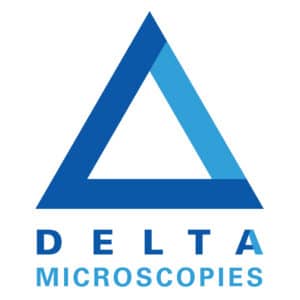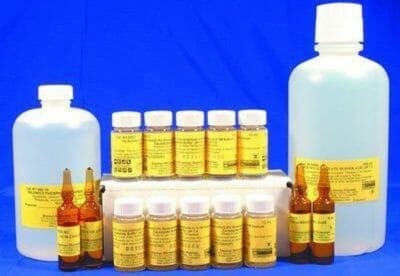Description
Bouin solution, or Bouin’s solution, is a compound fixative used in histology. It was invented by French biologist Pol Bouin and is composed of picric acid, acetic acid and formaldehyde in an aqueous solution. Bouin’s fluid is especially useful for fixation of gastrointestinal tract biopsies because this fixative allows crisper and better nuclear staining than 10% neutral-buffered formalin. It is not a good fixative when tissue ultrastructure must be preserved for electron microscopy. However, it is a good fixative when tissue structure with a soft and delicate texture must be preserved. The acetic acid in this fixative lyses red blood cells and dissolves small iron and calcium deposits in tissue.
Variations Bouin
Gendre solution
Gendre solution is an alcoholic version of Bouin solution. An alcoholic solution saturated with picric acid is used instead of an aqueous solution saturated with picric acid when making this solution. This solution is useful when glycogen and other carbohydrates must be preserved in tissue. It is prepared by a mixing saturated solution of picric acid in 95% ethanol (80ml) with formalin (37-40% formaldehyde) (15 ml) and glacial acetic acid (5ml). Gendre’s fixative contains more picric acid than Bouin’s, because of greater solubility (6.23%w/v) in ethanol than in water (1.23%w/v).
Hollande solution
Hollande solution is a version of Bouin solution that contains copper acetate. The copper acetate stabilizes red blood cell membranes and the granules of eosinophils and endocrine cells so that there is less lysis of these cell components than occurs in regular Bouin solution Hollandes fixative is made by adding 6.25g cupric acetate, 10g picric acid (wet powder), 25ml formalin (37-40% formaldehyde) and 2.5 ml glacial (100%) acetic acid to 250ml water.









Avis
Il n’y a pas encore d’avis.